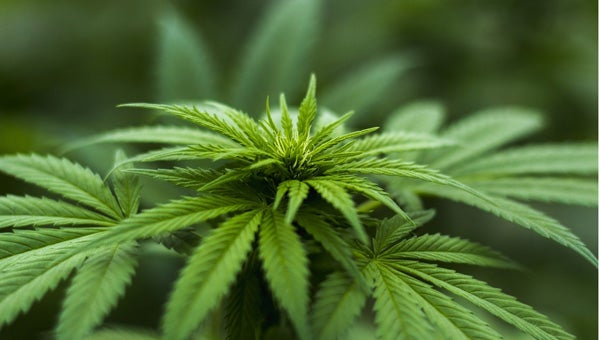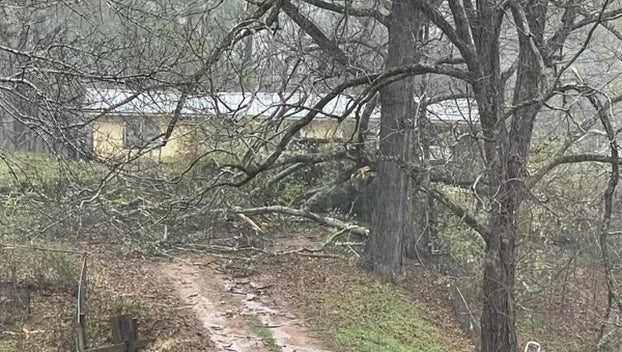How the crawfish became an icon of Louisiana cooking
Published 3:04 pm Sunday, June 10, 2018
HOUMA, La. (AP) — Crawfish were what’s for dinner in Louisiana long before the Cajuns, often associated with the savory crustacean, arrived in the mid-1700s.
The Houma Indians are mentioned in French documents as early as 1682, and the new settlers said the native tribe used a red crawfish as its symbol.
“The name translates literally as ‘red’ and is apparently a shortened form of saktci-homma, the name of the chakchiuma, meaning ‘red crawfish,’ “ according to a history of the Houma Indians compiled by a genealogy program called the Native Heritage Project.
The Houmas used the crawfish as a war emblem because of the crustacean’s habit of raising its claws when threatened instead of backing down, the groups says.
Several other histories say the Native Americans and later the Cajuns, who arrived after being exiled from Nova Scotia, harvested and ate crawfish in large part out of necessity. Most were poor, and crawfish were readily available in the muddy marshes and river basins of south Louisiana.
“In the 1800s, Cajun settlers modified lobster recipes passed down from their coastal Canadian forefathers, substituting them with crawfish,” the Louisiana Office of Tourism says. “Creole restaurateurs in New Orleans caught on, and once it took off in the Big Easy, the secret was out: Crawfish became synonymous with Louisiana cooking. Today, Louisiana leads the nation in crawfish production.”
In the 1980s, the agency says, technological advances allowed producers to ship crawfish safely around the country, transforming them from a regional to a national dish. In 1983, the Legislature named it the state crustacean.
Chef Patrick Mould, owner of Louisiana Culinary Enterprises and a Cajun cuisine ambassador, told the Tourism Office the state is still the best place to enjoy crawfish, especially during peak harvest season from late February through May.
“If you want to suck some crawfish heads and peel some crawfish tails, the only place to do it is in Louisiana,” the agency quotes him as saying.
You’ll hear a similar take from Chef Randy Cheramie, a Golden Meadow native, former restaurant owner and current instructor at Nicholls State University’s cooking school.
“In the restaurant business, we only buy Louisiana’s tails because anything outside of the state doesn’t measure up,” Cheramie said last week in an interview with The Courier and Daily Comet.
“We are so lucky to have the seafood resources that we have here,” Cheramie said. “It can be said that Louisiana seafood is the best one in the world coming from all the little ecosystems and estuaries for fresh seafood we have around here.”
Imported crawfish need to be washed and frozen, he said. The water takes away most of the fat, and the meat loses its tenderness once thawed.
“All the fat is in the head of the crawfish,” he said. “Fat equals flavor.”
There is no single right way to boil crawfish; everybody does it differently, he said. Some people boil them for a short time then let them sit and finish cooking. Others boil them longer.
His family would usually toss onions and butter into the boiling pot. The onions would melt until they became like marmalade, releasing sugar. Once all crawfish were added, the family would add more butter, green onions and parsley.
“That how it was made in my family,” Cheramie said. “It’s nice we do a crawfish boil for no reason, just because we want to eat and have a good time at the same time.”






